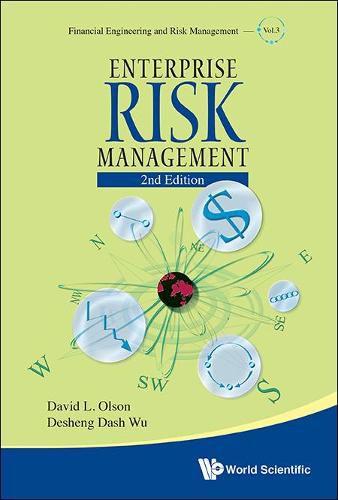Readings Newsletter
Become a Readings Member to make your shopping experience even easier.
Sign in or sign up for free!
You’re not far away from qualifying for FREE standard shipping within Australia
You’ve qualified for FREE standard shipping within Australia
The cart is loading…






Risk is inherent in business. Without risk, there would be no motivation to conduct business. But a key principle is that organizations should accept risks that they are competent enough to deal with, and outsource other risks to those who are more competent to deal with them (such as insurance companies). Enterprise Risk Management (2nd Edition) approaches enterprise risk management from the perspectives of accounting, supply chains, and disaster management, in addition to the core perspective of finance. While the first edition included the perspective of information systems, the second edition views this as part of supply chain management or else focused on technological specifics. It discusses analytical tools available to assess risk, such as balanced scorecards, risk matrices, multiple criteria analysis, simulation, data envelopment analysis, and financial risk measures.
$9.00 standard shipping within Australia
FREE standard shipping within Australia for orders over $100.00
Express & International shipping calculated at checkout
Risk is inherent in business. Without risk, there would be no motivation to conduct business. But a key principle is that organizations should accept risks that they are competent enough to deal with, and outsource other risks to those who are more competent to deal with them (such as insurance companies). Enterprise Risk Management (2nd Edition) approaches enterprise risk management from the perspectives of accounting, supply chains, and disaster management, in addition to the core perspective of finance. While the first edition included the perspective of information systems, the second edition views this as part of supply chain management or else focused on technological specifics. It discusses analytical tools available to assess risk, such as balanced scorecards, risk matrices, multiple criteria analysis, simulation, data envelopment analysis, and financial risk measures.